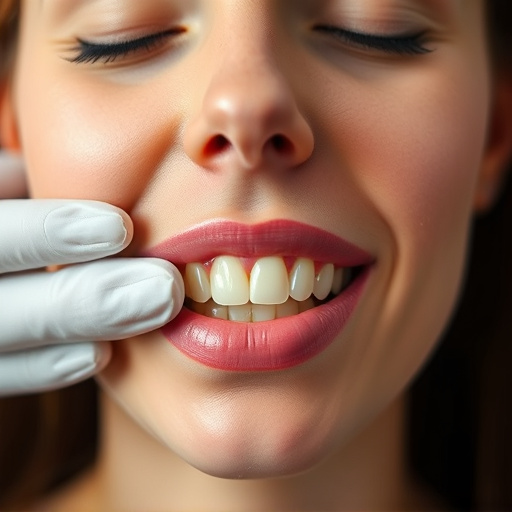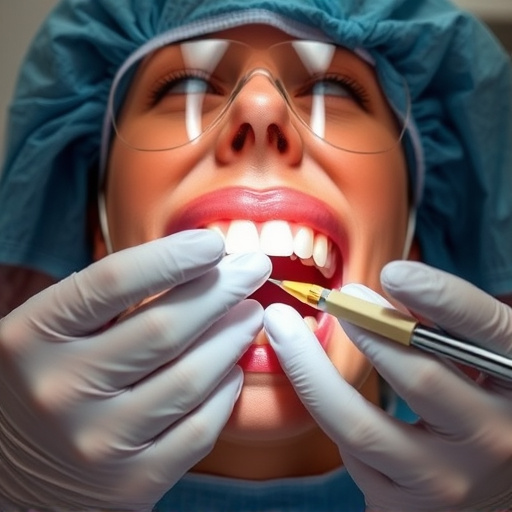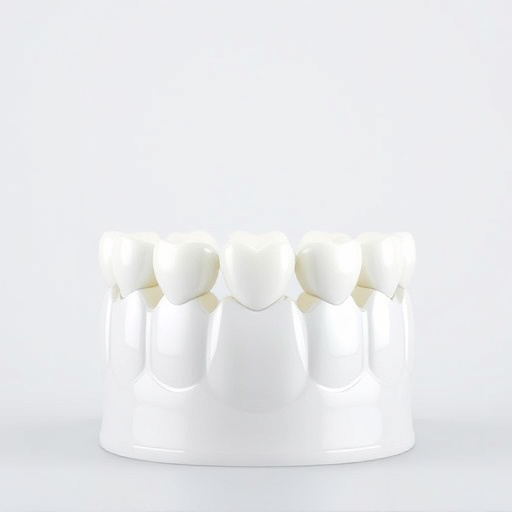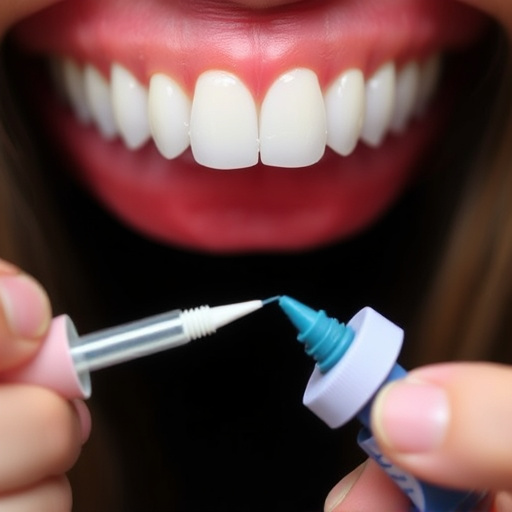Sedation dentistry options have become popular due to their ability to reduce stress and anxiety during dental procedures. Ranging from mild nitrous oxide for simple treatments to deeper sedation for complex ones, these methods provide comfort for patients with dental phobias or anxiousness. Tailored to individual needs, they prioritize safety and address side effects like relaxation or drowsiness, making them ideal for managing dental fears and enhancing patient experiences during preventive care visits.
Looking for a more relaxed dental experience? Sedation dentistry offers solutions for anxious patients. This comprehensive guide answers your burning questions about sedation dentistry options. From understanding the basics and exploring various types to discussing safety measures, we demystify this approach. Whether you’re considering conscious sedative or general anesthesia, our article provides insights to help you make an informed decision, ensuring a comfortable procedure tailored to your needs.
- Understanding Sedation Dentistry: Basics and Benefits
- Types of Sedation: Choices for Comfortable Procedures
- Safety and Side Effects: What You Need to Know
Understanding Sedation Dentistry: Basics and Benefits

Sedation dentistry options have become increasingly popular due to their ability to transform dental experiences from stressful to relaxing. At its core, sedation dentistry involves using medications to help patients achieve a state of comfort and calm during procedures that might otherwise cause anxiety or discomfort. This can range from mild sedatives for nervous patients to deeper levels of sedation for more complex treatments.
The benefits of sedation dentistry are multifaceted. For many individuals, especially those who experience dental phobia or have a history of anxiousness during dental visits, it offers a way to receive necessary care without the usual fears and worries. It can also enhance patient comfort during extensive procedures, making them more manageable. Moreover, sedation can improve cooperation in children’s dentistry, allowing for smoother routine oral exams and treatments like cosmetic fillings, ensuring better outcomes and a more positive dental experience overall.
Types of Sedation: Choices for Comfortable Procedures

When considering sedation dentistry options, patients have several choices designed to make dental procedures more comfortable. The types of sedation range from light to deep, each offering varying levels of relaxation and pain control. For less invasive treatments like routine oral exams or general dentistry procedures, a mild sedative like nitrous oxide (often known by its brand name, laughing gas) can be sufficient. This option allows patients to remain awake but feels relaxed and may even experience a sense of euphoria.
For more extensive or intimidating procedures, deeper levels of sedation can be achieved through oral medications or IV sedatives. These methods induce a state of profound relaxation, reducing anxiety and blocking pain sensations. While typically used for complex treatments like dental implants or emergency dental care situations, these options are safe when administered by qualified dental professionals and allow patients to sleep through the procedure while being monitored closely.
Safety and Side Effects: What You Need to Know

Sedation dentistry options are becoming increasingly popular for those who experience dental anxiety or discomfort during routine oral exams and teeth cleaning procedures. It’s important to understand that these methods are designed to enhance comfort, not replace proper dental care. Safety is a top priority in sedation dentistry, with various techniques tailored to different patient needs.
Common side effects are generally mild and temporary, including feelings of relaxation, drowsiness, or minor headaches. More severe reactions are rare, but patients should be aware of potential risks, such as respiratory depression or cardiovascular issues. Therefore, it’s crucial to consult with a qualified dentist who can assess your medical history, discuss options suitable for you, and monitor your condition during and after the procedure. Sedation dentistry, when administered correctly, offers a safe and effective way to address dental fears, making it an excellent choice for those seeking relief from anxiety during preventive dentistry visits.
Sedation dentistry options have transformed the dental experience, offering patients comfortable and stress-free procedures. By understanding the basics, exploring various types of sedation, and being aware of safety measures, individuals can make informed decisions about their oral health. With the right approach, visiting the dentist can be a relaxing process, ensuring better patient care and improved overall oral wellness.














